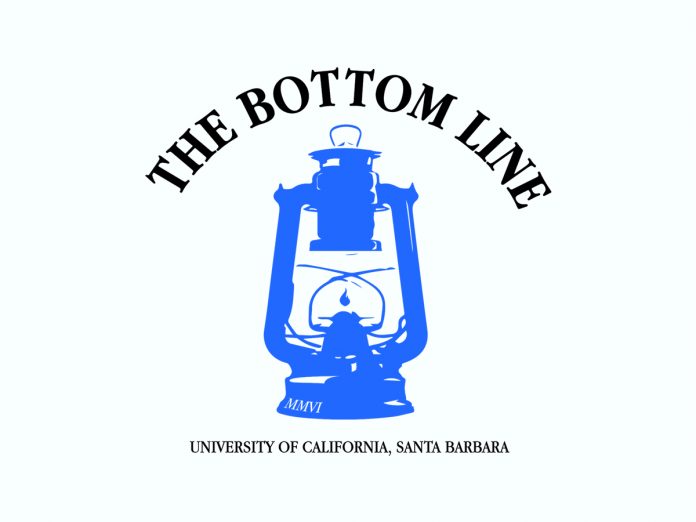Matthew Lee
Staff Writer
On Sep. 12, Hi-Rez Studios released the open beta for its up-and-coming team shooter game “Paladins: Champions of the Realm.” The video package released to highlight the various elements of the game was met with a lot of criticism.
Many gamers argued that Hi-Rez Studios had copied “Overwatch” in the aspects of character design, abilities and map objectives. Counterclaims were fired back, saying that Paladins had already been in development before the official announcement of “Overwatch.” These disputes are not new to the video game universe, as many developers have, with or without permission, taken aspects of former games in order to create a new one. This begs the question: is variation and imitation healthy for the video game community?
First and foremost, on the question about “Paladins” copying “Overwatch,” there is reason to believe that some of the characters in “Paladins” do pay some homage to the heroes of “Overwatch,” especially in many of the abilities. For example, both games include a character who is able to pull enemies closer to them, known as a “hook.” However, one can argue that the idea of a hook ability dates as far as the “Warcraft 3″ custom game, “Defense of the Ancients” (or “DoTA”) in 2003, in which a character named Pudge had a hook ability.
Additionally, after further investigation into the characters, abilities and map objectives of both “Overwatch” and “Paladins,” there are many other distinctions and similarities between the two. It is clear that many aspects of both games were inspired by predecessors before them, such as, again, “DoTA” and “Team Fortress 2.”
Variation and imitation in the media and pop culture have always existed, whether it be in television shows, music or video games. In Western culture, many of our films and cinemas pay tribute to the great William Shakespeare, as pop culture constantly borrows from his classic plays. Video games are no exception, as many developers’ ideas are slight variations of borrowed concepts which have (or have not) worked in the past.
Take “Street Fighter” and “Mortal Kombat,” two fighting games that compete with each other. Both have three-round concepts as well as similar abilities in many of their characters, like the classic “fireball” ability. However, both games have unique aspects that set them apart from each other, creating distinct followings for themselves. Although the two games are different in detailed aspects, their core objectives are the exact same.
While acknowledging that video game imitation and variation exists and is rooted in facts, how it affects the video game community is a completely subjective question. For example, “DoTA” is commonly attributed as the game which created the concept of a Multiplayer Online Battle Arena (or “MOBA”), in which two teams choose characters and fight to destroy the enemy players’ base. Since “DoTA,” there have been many games that have borrowed this concept. “League of Legends,” “Heroes of Newerth,” “Heroes of the Storm” and “Smite” are all fairly popular games that have distinguishable differences, but have copied the foundational objectives of “DoTA.”
One could possibly argue that if these games didn’t exist, “DoTA” would be a one-of-a-kind type of game and therefore the video game industry would be more diverse if copyrights and imitation were taken more seriously in a legal sense. However, in this case, the foundation that “DoTA” laid actually inspired very popular and influential games, some of which contributed to the rise of mainstream eSports.
In a completely legal perspective, there haven’t been any serious cases of developers suing each others for copyright infringement. The most recent case is when Blizzard sued a team which created “Overwatch” cheats and hacks for copyright infringement. Developers are (usually) intelligent enough to know that completing ripping off another game will result in community backlash and possible trouble with the law. Therefore, you may see video game characters or concepts that are quite similar, but there are guaranteed distinctions that set them apart.
In a nutshell, the “Paladins” controversy isn’t anything new to the video game community. This type of argument arose heavily in the past with the release of “League of Legends,” “Call of Duty” and even “Overwatch,” three games which are arguably the most popular in their respective genres. Regardless of opinion, variation and imitation in the media and video games will exist as long as legal restrictions are kept as loose as they are. Because of variation and imitation, the video game world has expanded and grown in influence, monetary value and popularity.











